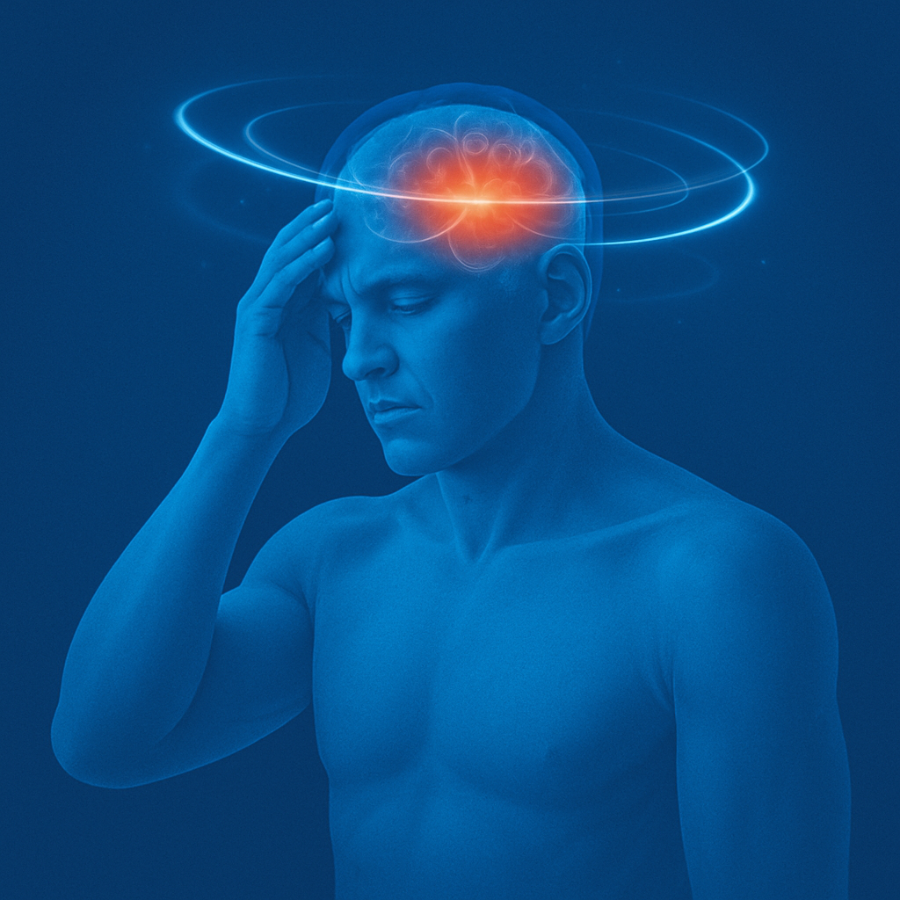Vertigo
Vertigo is the sensation of spinning or movement when you are standing still. It often arises from an inner‑ear disorder, such as benign paroxysmal positional vertigo, or from issues affecting the brain’s balance centers. Vertigo differs from general dizziness because it creates a false sense of motion.
First‑Aid for Vertigo
Tip 1:
Sit or lie down immediately to avoid falls.
Tip 2:
Keep your head still; move only slowly and deliberately.
Tip 3:
Focus your eyes on a fixed point in the room.
Tip 4:
Sip water to stay hydrated.
Tip 5:
Press your feet firmly against the floor or bed for stability.
Tip 6:
Rest in a quiet, dimly lit space to reduce nausea.
Tip 7:
Perform Brandt-Daroff exercises only if your doctor has shown you how.
Tip 8:
Ask for help moving or call for medical assistance if symptoms worsen or persist.

When to Consult a Doctor
See a doctor if vertigo occurs suddenly, lasts longer than a few minutes, or is severe enough to cause nausea and imbalance. Seek immediate medical attention if vertigo comes with headache, chest pain, difficulty speaking, or weakness in one side of the body. Early assessment helps identify the cause and guide treatments such as repositioning maneuvers, medication, or balance rehabilitation.
